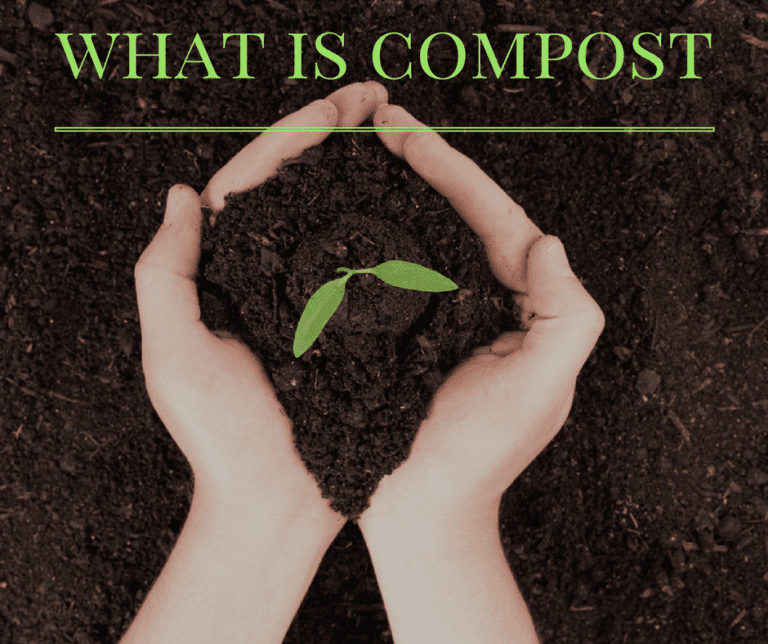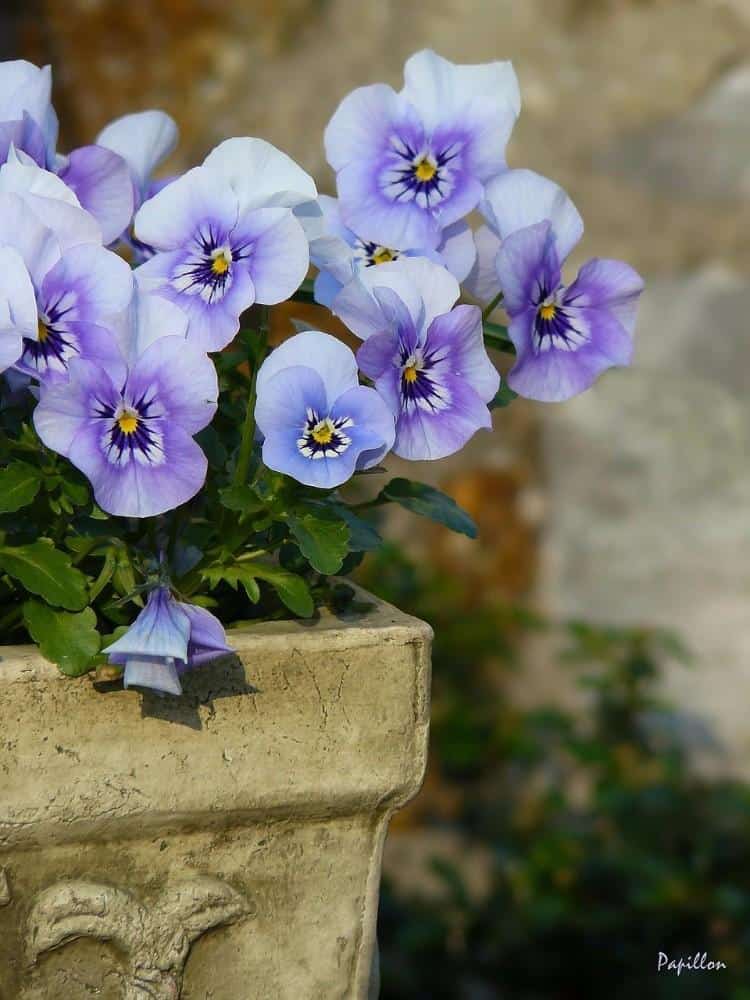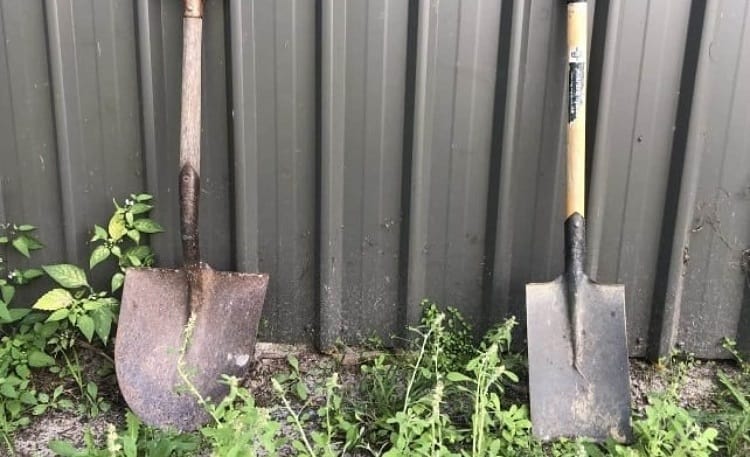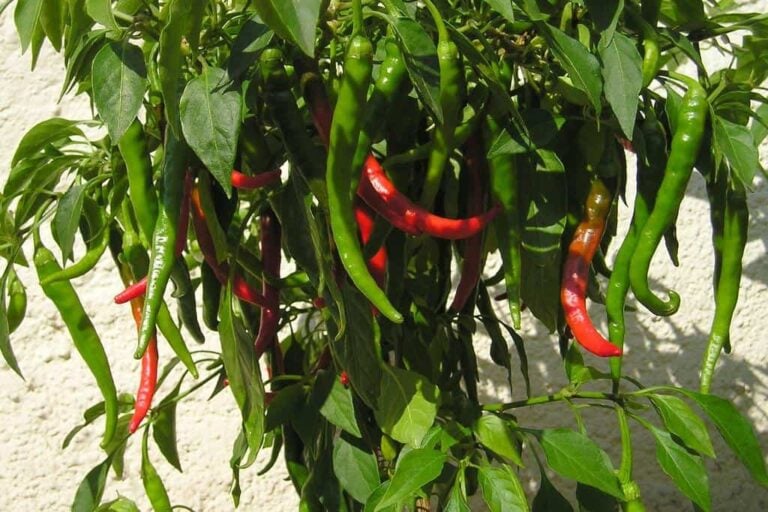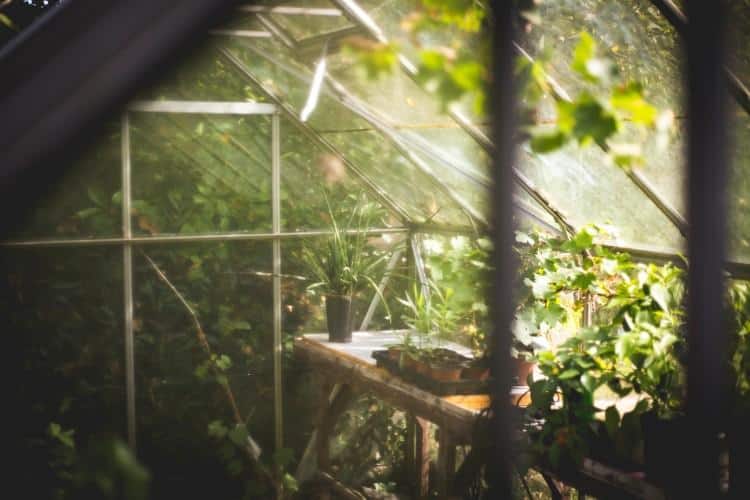Freshen Your Garden By Growing Peppermint
All varieties of mint are hardy plants, and you can propagate a full, lush plant in a short time. There are many different varieties of mint, such as chocolate mint, apple mint, and pineapple mint.
Peppermint (Mentha x piperita) was initially cultivated in London in 1750, a hybrid bred from watermint and spearmint.
According to the Old Farmer’s Almanac, mint plants are vigorous and will thrive with a minimum of care. They do best when planted in late spring or summer, in light mulch, and given plenty of water. They also benefit from frequent pruning.
All types of mint tend to proliferate in your garden, sending horizontal rhizome “runners” everywhere. In the ground, in one year, a small plant can grow to as tall as 4 feet in good conditions. Natural barriers like walkways, or man-made barriers like plastic will stop them from taking over your yard. Planting mint in containers also may curtail their spread, but if the plants get too tall the seeds can escape the container. Pruning is a good idea – see section on pruning, below.
There are many good reasons to grow peppermint or almost any variety of mint:
- It has an intense flavor and is often used to make teas.
- Peppermint teas contain menthol, and have been used for centuries to soothe sore throats, loosen phlegm and help coughs and other ailments. (However, for some health condition, such as gallstones, peppermint is not recommended, so it’s important to do your research.)
- Mint sprouts a purple flower that bees love.
- If mint gets into your lawn and proliferates, when you mow, the smell of mint will fill the air.
- Mint is a perennial in zones 3-11 and it grows fast, so if you like to garden and want something that grows quickly, mint is the answer.
- Because mint grows roots from cuttings so quickly, it’s a good plant to use when teaching kids about gardening.
In the following video you’ll find some convenient tips for growing peppermint
https://youtu.be/lVFaxfz3Ke8
Planting Peppermint
Peppermint is generally not grown from seeds because it’s difficult to germinate. The plants also do not resemble their parents, so trying to grow mint from seed isn’t a good idea.
The best way to propagate any variety of mint is to use cuttings. To harvest some cuttings, cut sprigs of 3-5 inches, pull off some of the lower leaves, and put the cuttings in a clear glass or bowl of water. Adding some dirt in the water encourages the mint to root. Transplant it to soil when you see roots – and you may find roots after just a few days.
Some gardeners don’t bother with the step of rooting the mint springs in water, but put them right into the dirt.
If you plant peppermint in your yard or your garden, be forewarned. Those rhizome roots will spread out and new mint plants will pop up everywhere. If you want that proliferation, you’re in luck. However, if you want to control the number of plants in your yard, you can put plastic or wood edging around as a barrier to the roots spreading, and/or plant it near a natural barrier such as a concrete deck or walkway.
According to the Old Farmer’s Almanac, you should plant cuttings of mint two feet apart in moist soil. Make sure to keep it well watered. Lightly composted soil works best.
If you want to fertilize, use a good standard fertilizer or composted manure for the best results.
Varieties of Peppermint
Peppermint comes in two varieties, black and white. The black variety has leaves tinged with purple and contains more oil. The flowers are pinkish.
The white variety is not really white, but it has large light green leaves and purple flowers. The flavor is more mild than that of black peppermint.
Soil and Sun
All types of mint like sun and rich soil with good drainage. They will also tolerate some shade time during the hot summer days.
Mint isn’t drought hardy. It loves and needs a lot of water. It often grows near streams or ponds where the soil is rich and has a good water supply.
Mint prefers soil with a pH of 6.0-7.0. [If you’re unsure of your soil’s pH you can get a test kit online or from a garden store.]
Pruning Peppermint
Peppermint will need to be pruned back regularly to keep it from spreading everywhere. Once the plant has become “leggy” and you find seed pods at the top of the plant, it’s a good idea to trim it back. You can cut it almost down to the ground, just leaving an inch or two, and it will actually grow back fuller and more lush.
In general, pruning will result in new and larger leaves and the plant will look fuller and healthier in the long run.
How to Harvest Peppermint
You can harvest peppermint leaves almost any time, but the serrated edged mint leaves are best when harvested before they get too tall, when the leaves are still fat and have good color, usually in the summer.
If you want to harvest late in the year, when there are already frosts, cover mint plants with a frost blanket.
It’s best to harvest them in the middle of the day, as that is when the essential oils are most potent.
After harvesting, mint can be stored in water for as long as a week. If you like peppermint tea, simply rinse the leaves and pour boiling water over them and let them steep for a few minutes before pulling out the leaves.
Peppermint is a fun plant to grow because it’s not difficult to get a lush, lovely plant in a short time. The essential oils make great teas or infused waters, and there are claims that it has medicinal properties. If you don’t want it to take over your garden, though, use some commonsense tips about planting in a container and/or pruning and you should be able to enjoy it year after year.

